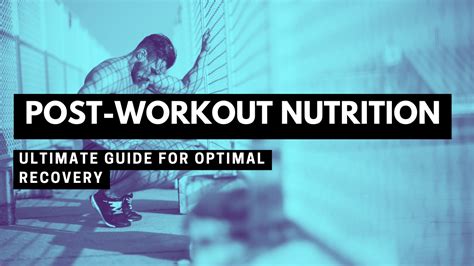How to optimize gym time for peak strength and muscle gains?

Maximize Every Minute: The Science of Efficient Gym Training
In today’s fast-paced world, gym time is often a luxury. Yet, with the right strategy, you can transform limited hours into peak strength and significant muscle gains. This guide will walk you through the most effective principles to optimize your gym sessions, ensuring every rep counts towards your fitness goals.

1. Strategic Program Design and Goal Setting
Before stepping into the gym, a well-defined plan is paramount. Clearly outline your primary objective: is it pure strength, hypertrophy (muscle growth), or a balanced mix? Your program should reflect this. For general optimization, a full-body routine performed 3 times a week, or an upper/lower split 4 times a week, can be highly effective, allowing for adequate recovery while hitting muscle groups frequently. Focus on compound movements that engage multiple joints and muscle groups simultaneously.
Selecting the right exercises is crucial. Prioritize big lifts like squats, deadlifts, bench press, overhead press, and rows. These movements provide the most bang for your buck in terms of muscle activation and hormonal response, laying the foundation for both strength and size.
2. The Power of an Effective Warm-up
Never skip your warm-up. A proper warm-up not only prepares your body for the strenuous work ahead, preventing injuries, but also enhances performance. Start with 5-10 minutes of light cardio to elevate your heart rate and body temperature. Follow this with dynamic stretches targeting the muscles you’re about to train. Finish with a few light sets of your primary exercises to activate specific muscle fibers and groove movement patterns.

3. Prioritize Compound Lifts and Progressive Overload
The cornerstone of both strength and muscle gain is progressive overload. This means continually challenging your muscles to adapt by gradually increasing the demands placed upon them. This can manifest as lifting heavier weight, performing more repetitions or sets, increasing time under tension, or reducing rest intervals. Track your progress meticulously to ensure consistent advancement.
As mentioned, compound lifts should form the backbone of your routine. These multi-joint movements are far more efficient than isolation exercises for building overall strength and muscle mass. By focusing on these core exercises, you’ll stimulate a greater number of muscle fibers and create a stronger anabolic response.

4. Optimize Workout Structure and Intensity
To truly maximize your time, consider techniques that increase workout density and intensity. Supersetting (performing two exercises back-to-back with minimal rest) can save time and increase calorie expenditure, especially when pairing antagonistic muscle groups (e.g., chest and back) or an upper body with a lower body exercise. Drop sets, where you decrease the weight and continue reps to failure, can also be used sparingly to push muscles past their typical fatigue point.
Rest intervals are critical. For strength, aim for 2-3 minutes between sets of heavy compound lifts. For hypertrophy, 60-90 seconds is often optimal. Minimize distractions during rest periods to maintain focus and readiness for the next set.

5. The Importance of Recovery and Nutrition
Your work in the gym is only half the battle. Muscle growth and strength gains happen during recovery. Ensure you’re consuming enough protein (around 1.6-2.2g per kg of body weight) to support muscle repair and synthesis, along with adequate carbohydrates for energy replenishment. Prioritize quality sleep (7-9 hours per night), as this is when the body undertakes its most significant repair processes and hormonal regulation.
Active recovery, such as light stretching or foam rolling on off days, can also aid in reducing muscle soreness and improving flexibility, preparing you for your next intense session.

Conclusion: Train Smarter, Not Just Harder
Optimizing your gym time isn’t about magical shortcuts; it’s about intelligent application of fundamental principles. By strategically planning your workouts, prioritizing compound movements and progressive overload, optimizing your session structure, and committing to proper recovery and nutrition, you can achieve remarkable strength and muscle gains even with limited time. Consistency and disciplined execution of these strategies will be your ultimate tools for success.









